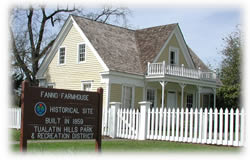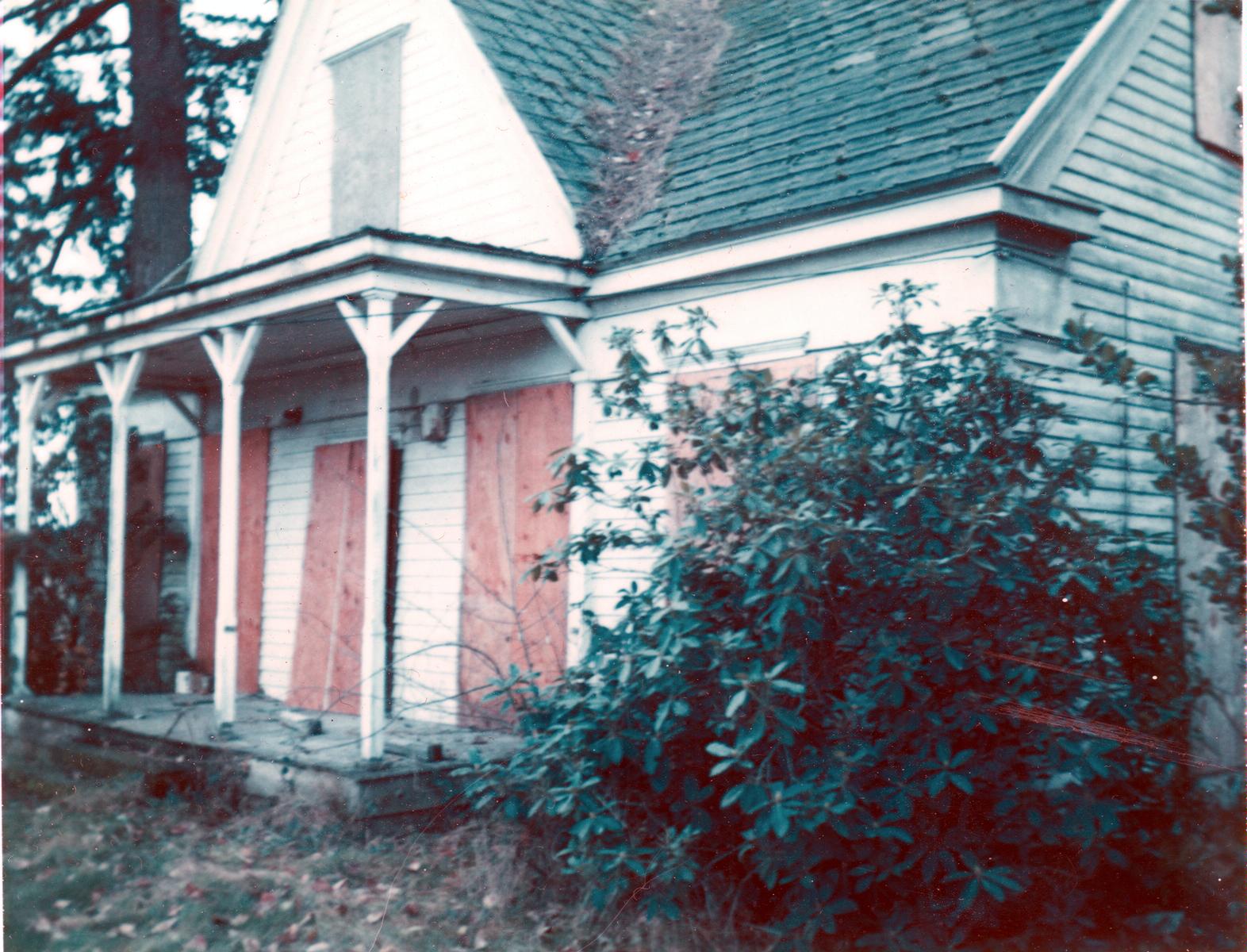- Recreation Centers
- Cedar Hills
- Conestoga
- Elsie Stuhr Center (55+)
- Garden Home
- Sports Facilities
-
Babette Horenstein
Tennis Center -
Tualatin Hills
Athletic Center - HMT Complex
- PCC-Rock Creek
- Sunset Park
- Field Status Website
- Pools
-
Tualatin Hills
Aquatic Center - Aloha
- Beaverton
- Conestoga
- Harman
- Sunset
- Raleigh summer only
- Somerset West summer only
- Nature Facilities
-
Tualatin Hills
Nature Center -
Cooper Mountain
Nature House
- Natural Areas
-
Cooper Mountain
Nature Park - Tualatin Hills Nature Park
- Nature Play Areas
- Other Natural Areas
- Projects
- Future Park at NW Heckman
& 159th Ave - Future Westside Trail Bridge
over Highway 26 - Downtown Beaverton Parks Plan
- >> More Projects
- How was your park or trail experience?
- Let us know.
- Report Feedback
- Park Watch Report
- Special Events
- Event Calendar
- Big Truck Day
- Centro de Bienvenida
- Summer Concerts
- Summer Neighborhood Events
- Volunteer Opportunities
- Welcoming Week
- Upcoming Events
- Public Meetings

 Fanno Farmhouse is adjacent to Greenway Park (along Fanno Creek), south of SW Hall Boulevard. It was designed and built in 1859 by Augustus Fanno. Honored as a significant historical site by Tualatin Valley Heritage, Fanno Farmhouse was named a Century Farm and nominated for the 1985 Griffin Cabin Award by the Washington County Historical Society.
Fanno Farmhouse is adjacent to Greenway Park (along Fanno Creek), south of SW Hall Boulevard. It was designed and built in 1859 by Augustus Fanno. Honored as a significant historical site by Tualatin Valley Heritage, Fanno Farmhouse was named a Century Farm and nominated for the 1985 Griffin Cabin Award by the Washington County Historical Society.
